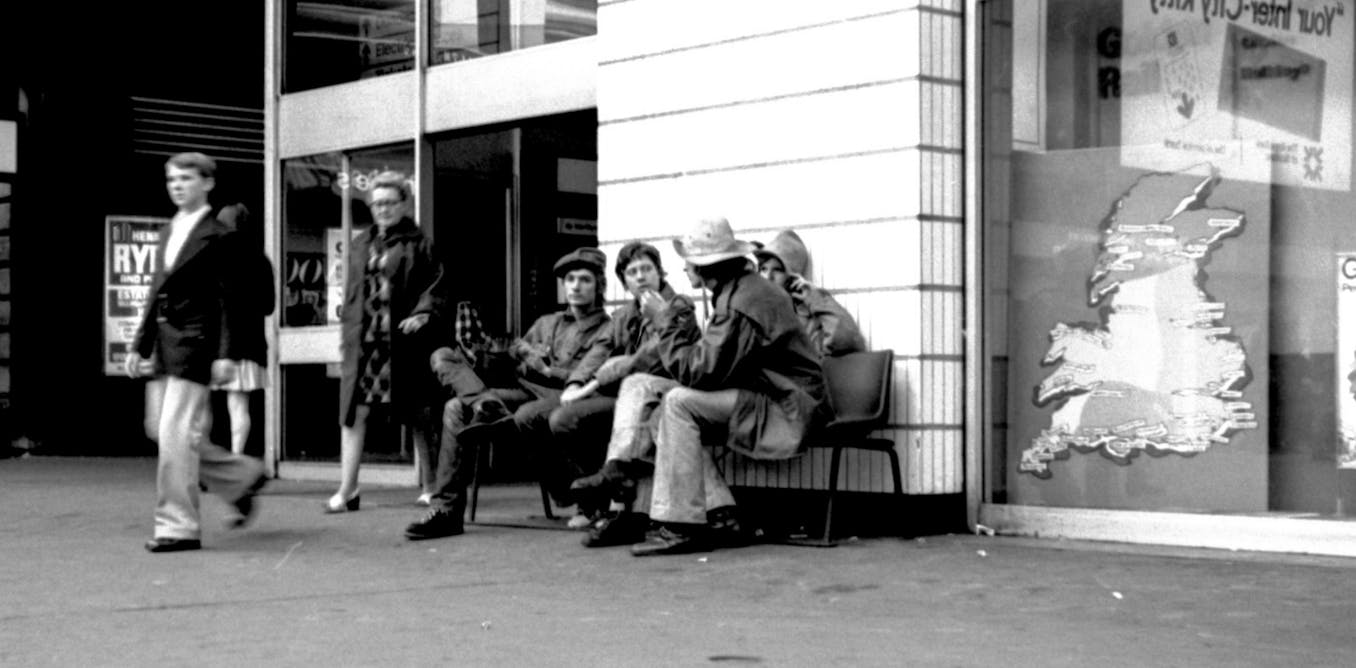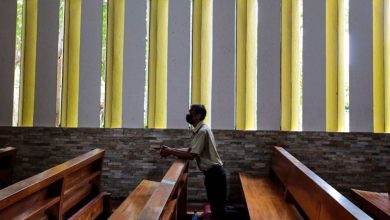Danny’s tales of machismo in Glasgow

مجلة المذنب نت متابعات عالمية:
For the past five years, the GANGS project, a European Research Council-funded project led by Dennis Rodgers, has been studying global gang dynamics in a comparative perspective. When understood in a nuanced manner that goes beyond the usual stereotypes and Manichean representations, gangs and gangsters arguably constitute fundamental lenses through which to think about and understand the world we live in.
_Alistair Fraser and Angela Bartie present the story of Danny, who was a Glaswegian gang member in his youth. Drawing on interviews carried out when he was 18, 59, and 70 years old, they trace his changing self-reflection about his past experiences which mirror the broader transformation of the city from a violence urban space in the 1960s to a thriving “people’s city” in 2024.
_
As Danny left the room, that autumn of 2022, our eyes locked together in shock. For the last three hours, this spry seventy-year-old had held us rapt. Tanned, lean, and composed in his smart coat and cap, he was someone you’d have happily bought a used car from. But in the room he had been regaling us with tales of his teenage years running with the ‘Drummy’, a street gang notorious in Glasgow’s history. How had he got from there to here?
Danny grew up in Easterhouse, a 1950s housing scheme on the periphery of the city that quickly attracted negative publicity. Tens of thousands were rehoused from crumbling tenements in the city centre. They were sold a bright new vision of progress but found themselves deserted on the edge of town, with only fields for company. Without shops, jobs, or facilities, young people made their own entertainment, forming themselves into gangs and fighting for kicks. Membership was decided simply by which street you happened to live on, a kind of natural selection where geography would land you on one side or the other. Unlike gangs in other cities, in Glasgow it was not about control of drug markets but a more primal law of the jungle, fighting for kicks and respect.
The violence of the Easterhouse gangs was legendary. As Danny recalled:
“It was just out and out tribal, that’s all it was, you know. And it was a day-to-day routine… some of the things you did were ludicrous. I mean, we used to run, we had football pitches, and you would run into the football pitches, maybe 50, 60 of yous, in pitch black. You would charge each other. Now, the British Army wouldn’t do that, in pitch black, run into it, not knowing what’s there. And you ran at each other, not knowing if the guy’s got a sword, a knife, a hatchet, anything.”
The issue didn’t stay local for long. Warfare involving Easterhouse gangs attracted national media attention, drew concerned responses from politicians, and even garnered a celebrity visit from popular entertainer Frankie Vaughan who asked the gangs to put down their knives.
The violence also attracted the attention of radical criminologists. Gail Wilson and Mary Wilson were part of a loose association of “Anarchists, CND, young Communists and international Socialists” (Cohen 1974: 27) who were trying to rewire academic approaches to youth culture. Rather than looking at the rule-breakers, these upstarts were looking at the rule makers and asking why some groups were criminalised more than others. Gail and Mary spent years working alongside gang youth in Easterhouse, studying their daily lives and comparing this with media narratives. They applied a theory called “social constructionism”, which tries to untangle stereotypes and reality.
Meeting Danny
We first met Gail and Mary back in 2010, after our studies of 1960s gangs had led us to their doorsteps. During our first meeting, Gail climbed a ladder to a storage hatch and retrieved a dusty box. Our eyes widened as we saw what lay inside. Notes, news clippings, sketches, essays and – incredibly – eighteen hand-written transcripts of interviews with members of the “Drummy” gang from 1969.
We set about trying to trace these boys, who would now be in their fifties. We wondered how their lives had gone, where they’d ended up, and what lessons they would want to tell the current generation. We weren’t always successful. Some had died, others relocated. One got in touch to say he didn’t want to talk about that period in his life. Danny was one that said yes.
Danny’s story, in a way, was the story of Glasgow. After his teenage gang years, Danny surfed Glasgow’s wave of industrialisation into a career in sales. He worked hard and moved out of the estate, initially to an area a few miles west of Easterhouse. His manager saw his potential, and Danny reflected that his street skills had prepared him for organisational roles and promotion.
When we first spoke in 2011, he had been bullish in his talk of days gone by. His eyes glinted at the retelling of tales of violence, like a cowboy in a Western saloon. He revelled in one about his strict father taking him to the pub for his 18th birthday, where they had been challenged to a fight by a man and his dog. “Needless to say”, he told us with a grin, “we leathered them.”
It sealed a bond between father and son. As he told us, “I kind of walked up the road as proud as punch, me and my dad”. We interpreted this as a link between past and present – the gang was a hand-me-down masculinity, like the legend of the Glasgow hardman swaggering through the pages of history.
Ten years later, however, he told the story differently. As we sat squeezed around a table too big for the room, the air was thick with regret not bravado. His father had recently passed away, and this former hardman was suddenly vulnerable. As he recalled in 2022 of the altercation:
“That’s the first time I probably ever bonded, truly, with my dad, if you know what I mean, in all the years… on my 18th birthday, I’ll never forget it.”
The macho image started to fracture
The macho image that we had of Danny, and of the Glasgow hardman, started to fracture. Ever since, we have been re-evaluating what we thought we knew about Danny’s life – and gang lives in general – and our own part in retelling his story. The oral historian Lynn Abrams says:
“The story that a person tells is just one of many that are possible. The script is not deterministic. Its shape, form and content is determined by the need for the narrator to construct a memory story with which he or she can feel comfortable at that moment. And a comfortable telling is often one in which the story told coheres with larger cultural understandings.”
Danny’s perspectives on his youthful gang experiences have altered not just in response to his own changing life circumstances, but also to how the culture of Glasgow has transformed in the fifty years since he was involved in the Drummy.
Today, Glasgow is hailed as a city that has beaten the gangs, with talk of a Glasgow miracle of violence reduction.
As he swaggered out the door, every inch the successful businessman, a stillness descended on the room. Danny was as far from the stereotype of a gang member as you could possibly imagine. He is your grandfather, your neighbour, your friend.
Meeting Danny reminded us that stories matter, but like a city they can change – and paying attention to when and why these stories change can often reveal more than the stories themselves.
نشكركم على قراءة المنشور عبر مجلة المذنب نت, المتخصصة في التداول والعملات الرقمية والمشفرة














